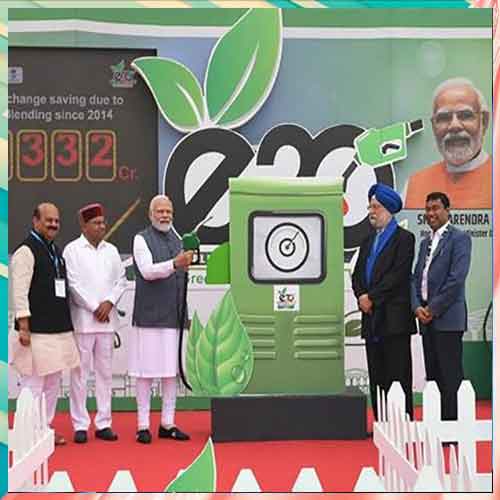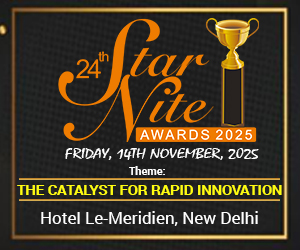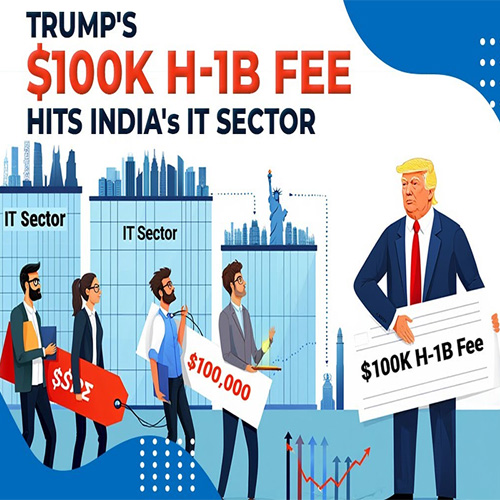
India's push for 20% ethanol blending in petrol, known as E20, is a cornerstone of its energy policy, but it faces significant debate. While the government and automotive industry hail the blend as a solution for reducing fossil fuel reliance and carbon emissions, consumers and experts voice serious concerns about its practical and societal impacts.
The government maintains that fears about vehicle damage and reduced fuel efficiency are largely unfounded. The Ministry of Petroleum and Natural Gas and the Society of Indian Automobile Manufacturers (SIAM) point out that modern vehicles are built to handle E20, and for older models, a simple and inexpensive replacement of rubber parts during routine service is often sufficient.
They also argue that the marginal drop in mileage is offset by ethanol's higher octane number, which can improve engine performance. Additionally, the blending program is credited with saving foreign exchange and providing a boost to the rural economy through the agricultural sector.
However, critics remain unconvinced. Consumers like Amit Pandhi feel they are being forced to accept lower mileage and additional costs for vehicle upgrades without an alternative fuel choice at the pump. More alarmingly, agricultural experts and food policy researchers highlight a conflict between food security and fuel production.
They warn that diverting water-intensive crops like sugarcane and surplus food grains like maize and rice to ethanol manufacturing could threaten food supplies, particularly for the poor, and disrupt the animal feed market. With the government planning to scale the blend to E30 in the future, this tension is set to intensify, raising questions about the long-term sustainability of the policy.
The content above summarizes the provided article, focusing on the core arguments and counter-arguments surrounding India's E20 fuel policy. It provides a balanced perspective by highlighting both the government's stated benefits and the valid concerns raised by consumers and experts, all within the requested word count.
See What’s Next in Tech With the Fast Forward Newsletter
Tweets From @varindiamag
Nothing to see here - yet
When they Tweet, their Tweets will show up here.





























